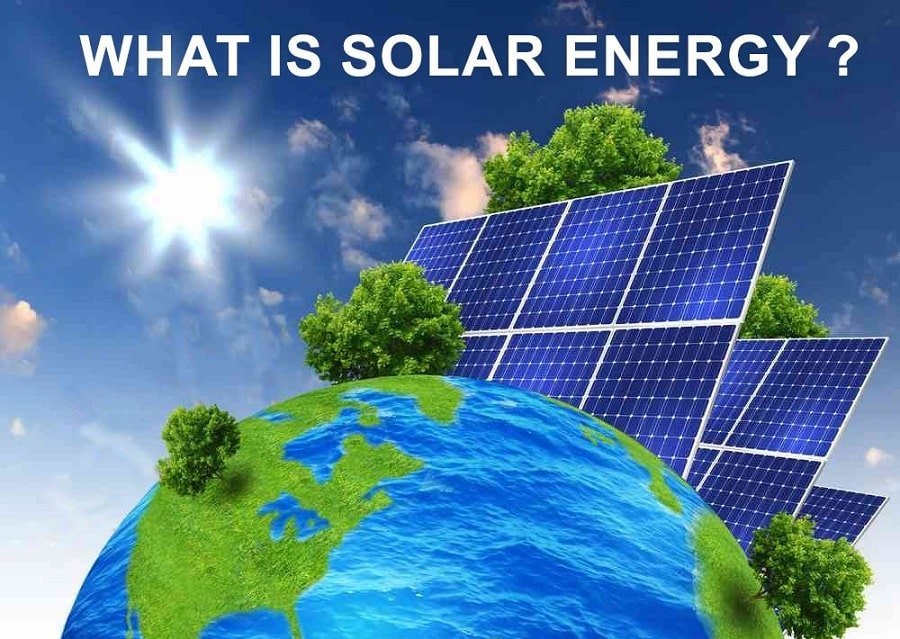?what is Solar energy
is the radiant light and heat from the sun that is captured and used to produce electrical and thermal energy using a variety of technologies. The most abundant and cleanest renewable energy source is solar energy. This energy can be captured by solar energy technology for a variety of purposes, such as solar water heating, solar architecture, It is regarded as a primary source of renewable energy, and depending on how solar energy is captured, distributed, or transformed into solar energy, its methods are often classified as either passive solar energy or active solar energy. Using concentrated solar power, photovoltaic systems, and solar water heating are examples of active solar technology. The structure should be facing the sun, materials should have the right thermal mass or light scattering qualities, and rooms should be designed with natural air circulation in mind.
There are three ways to harness solar energy
Solar concentration, solar heating and cooling, and photovoltaics are the three basic methods for utilizing sun energy. Everything from little gadgets like calculators and traffic signs to massive homes and enterprises can be powered by photovoltaics, which directly create electricity from sunshine through an electronic process. Solar heating and cooling (SHC) systems and concentrated solar power (CSP) power plants both use the sun’s heat to supply space or heat water, respectively, or to power traditional electricity-generating turbines.
What is the use of solar power?
A extremely adaptable energy source, solar power can be built as distributed generation (at the point of consumption) or as a central utility-scale solar plant (similar to conventional power plants). Using cutting-edge solar+ energy storage technologies, these approaches may also store the energy they generate for delivery after sundown. The intricate and interconnected electricity infrastructure in the US includes solar energy, which collaborates with wind power and other technologies to help the country transition to a clean energy economy To guarantee that consumers and companies have fair access to sustainable energy technologies like solar electricity, all of these applications depend on supportive regulatory frameworks at the local, state, and federal levels.



